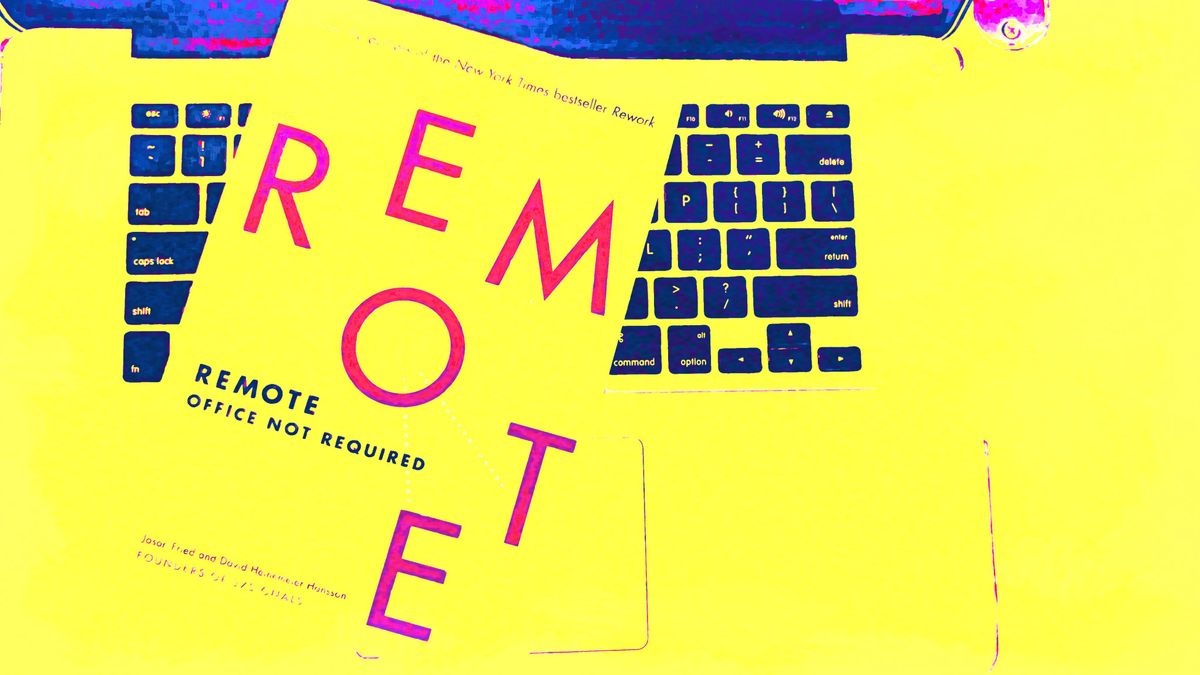Remote: Office Not Required

Book: Remote By Jason Fried and David Heinemeier
My Rating: ★★★★★ - 5 Out Of 5
“In thirty years’ time, as technology moves forward even further, people are going to look back and wonder why offices ever existed.” — RICHARD BRANSON
With the current global pandemic forcing many companies to adopt remote work policies, it's important to understand the best practices and strategies for working remotely. "Remote: Office Not Required" by Jason Fried and David Heinemeier Hansson is a must-read guide for anyone looking to transition to remote work or improve their current remote work experience. Here are four key takeaways from the book:
Remote Work
Remote work offers many benefits for both employees and employers. The authors argue that remote work can lead to increased productivity, a better work-life balance, and reduced office overhead costs. They also stress the importance of creating a company culture that values trust and autonomy, which can lead to increased employee satisfaction and retention.
In addition, remote work allows companies to tap into a global talent pool and potentially save money on salaries and benefits. However, the authors caution that remote work is not a one-size-fits-all solution and requires careful planning and execution.
Communication and Collaboration
Effective communication and collaboration are crucial for remote teams to succeed. The authors stress the importance of using the right tools and technologies to facilitate communication, such as video conferencing, chat apps, and project management software.
They also emphasize the need for clear and concise communication, as remote teams rely on written communication more than in-person interaction. Additionally, the authors provide tips for building trust and camaraderie among remote team members, such as regular check-ins and virtual team-building activities.
Challenges in a Remote Environment
Remote work comes with challenges, such as isolation, distractions, and difficulty separating work and personal life. The authors provide practical solutions for these challenges, such as setting boundaries and routines, creating a dedicated workspace, and taking breaks to combat burnout.
They also address the issue of accountability and how remote teams can ensure that everyone is pulling their weight. Finally, the authors offer advice for dealing with time zone differences and cultural barriers when working with a global team.
The Future of Remote Work
The authors predict that remote work will become increasingly common in the future, as more companies recognize the benefits and embrace the necessary technology and culture changes. They also caution that remote work is not a panacea and requires careful planning and execution.
Final Thought
The authors offer advice for individuals transitioning to remote work, such as building a strong online presence and networking with other remote workers. They also stress the importance of continuous learning and adapting to new technologies and trends.
Overall, "Remote: Office Not Required" is an insightful and practical guide for anyone looking to succeed in a remote work environment. Remote workers and teams can thrive and achieve their goals by following the authors' advice and best practices.
Have you read Remote?
If you have read this book, comment below, letting me know your thoughts.